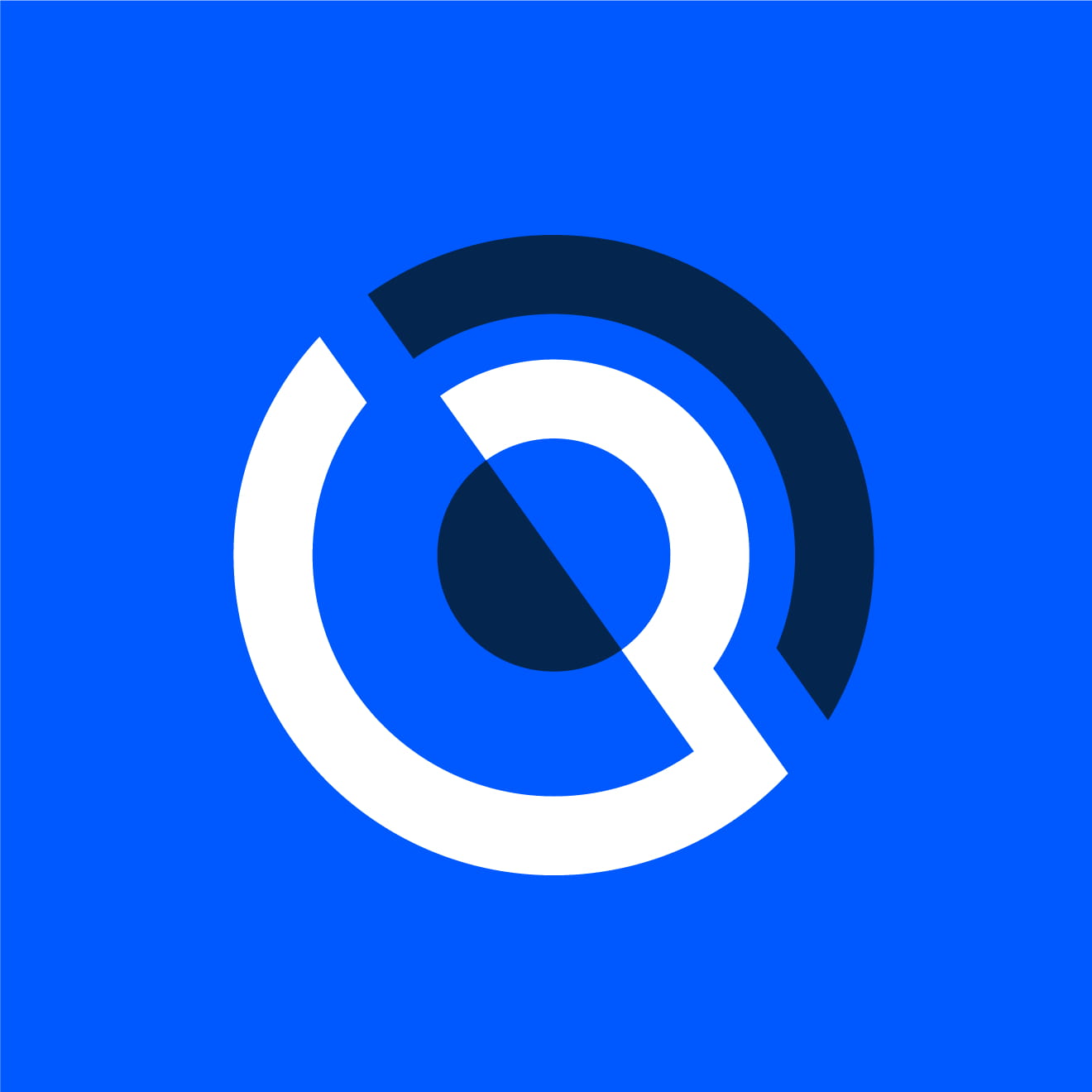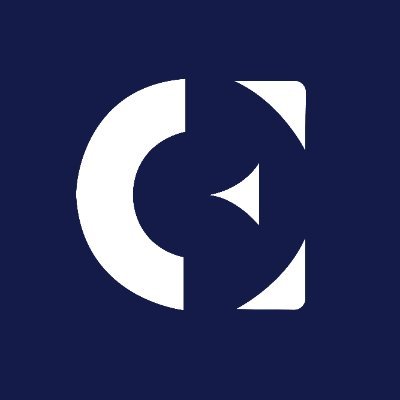Trump’s crypto partners bailed on old clients to chase MAGA money
Two months after their crypto platform was hacked and wiped clean, Chase Herro and Zak Folkman turned up with a new venture, this time with Trump and his three sons on board.
Herro and Folkman, previously running the now-defunct Dough Finance, had quietly abandoned hundreds of investors who lost millions in the collapse, and re-emerged with World Liberty Financial, a crypto project that now flows money straight into the Trump family’s pockets.
According to Reuters , Jonathan Lopez, a 31-year-old crypto trader and motivational speaker from Miami, invested $1 million in Dough in May 2024. He was introduced to high-risk strategies like “looping,” which lets users borrow against crypto assets repeatedly.
Herro guided him through it personally, telling him, “We get reward(s) for the risks we take. Lfg.” Then on July 12, everything was gone. Lopez’s funds and over $2.5 million in total were drained in a hack that Dough later admitted was caused by vulnerabilities in its own code.
In the aftermath of the breach, Herro texted Lopez saying, “I said we’d take care of it,” and claimed the team needed the weekend to sort things out. Folkman told users in Dough’s Telegram group that “We will not stop until everyone is made whole.”
But by August 18, both founders went silent. Dough’s Telegram and X accounts were abandoned, and one private chat group was deleted entirely, according to former members.
While investors waited, Herro and Folkman were already building World Liberty. They were introduced to Trump, Don Jr., and Eric Trump through presidential envoy Steve Witkoff, and the Trump family quickly jumped in.
Trump took the title “Chief Crypto Advocate,” while his sons were labeled “Web3 Ambassadors.” None of them commented on the Dough scandal.
When asked about Herro and Folkman’s roles, Eric Trump replied in an email, “They have overachieved our wildest goals and our current trajectory is nothing short of incredible.”
The new venture has already pushed over $550 million worth of tokens. Of that, Herro and Folkman collected at least $65 million, while the Trump family reportedly received around $400 million. That money flowed even as former Dough users struggled to recover their losses.
In January 2025, Lopez sued Herro in Miami federal court, alleging fraud, misrepresentation, breach of fiduciary duty, and securities violations. His attorney, Joseph Pardo, said Lopez invested based on promises Herro made about Dough’s safety and performance.
Herro’s legal team responded by calling Lopez a “sophisticated” investor who should have understood the risks, and claimed the hack was outside Herro’s control. A trial is scheduled for April 2026.
Before Dough collapsed, Herro called himself “the dirtbag of the internet” in a recorded pitch to investors, bragging, “I do what’s legal… besides that I don’t give a fuck.” Folkman’s earlier project was “Date Hotter Girls,” a site offering dating advice. Despite that track record, their new partnership with Trump has drawn little public scrutiny.
Meanwhile, the Dough website is now locked and nearly empty, as tracked by DeFiLlama. In July, the company said $281,000 of the stolen assets had been recovered with help from security group SEAL 911, and promised pro-rata payouts.
In September, data from CertiK showed that only $180,000 was sent to 134 wallets. Eight Dough users interviewed said they received nothing and didn’t know how payouts were selected.
The legal challenges are stacking. Jonathan Cogan, attorney at Kobre & Kim, explained that most victims file negligence claims because they’re easier to prove than fraud. Joseph Cioffi, a partner at Davis+Gilbert, said promises to “make users whole” aren’t legally binding without a formal agreement.
And Dough’s disclaimers–calling their tech “novel, experimental, and speculative”–don’t necessarily shield them from liability. On January 20, as Herro and Folkman’s victims waited for answers, the pair were seen in Washington, DC, celebrating at a black-tie inaugural ball for Trump’s return to the White House.
KEY Difference Wire : the secret tool crypto projects use to get guaranteed media coverage
Brickken CEO Edwin Mata on Tokenizing $300M+ in RWAs The Next Chapter for Global Liquidity
Coin Edition sat down for an exclusive chat with Brickken CEO Edwin Mata, where he gave us the lowdown on how they’ve tokenized over $300M in real-world assets and the big impact that’s having on global liquidity.
Edwin also dives into how they’re navigating MiCA, using key partnerships, and tackling unique challenges in today’s evolving RWA market.
1. Brickken has utilized over $300M in assets globally. What is the key factor for this drive? Also, which asset classes are seeing the most demand? Brickken’s $300M+ in tokenized assets stems from our full-stack infrastructure that abstracts blockchain complexity, ensures regulatory alignment, and offers rapid deployment for financial instruments such as equity, debt, and revenue-share models. The surge in demand is concentrated in private equity, real estate-backed instruments, and structured private credit, driven by issuers seeking programmable compliance and operational efficiency in fundraising and investor management.
2. How do you see RWA tokenization reshaping global trading and liquidity in the next 5 years.
Over the next five years, RWA tokenization will redefine cross-border capital markets by introducing 24/7 programmable liquidity, reducing settlement layers, and lowering issuance and compliance costs. The convergence of tokenized securities and DeFi will enable new secondary markets for illiquid assets, fostering global participation and unlocking trillions in idle capital, especially as legal frameworks and institutional infrastructure mature.
3. How does Brickken’s partnership with platforms like Polygon and BNB Chain enhance in scaling tokenized assets and boost adoption? Our integration with BNB Chain and Polygon significantly enhances token scalability by enabling low-cost, high-throughput issuance across EVM-compatible networks. These partnerships also provide access to ecosystem support, liquidity channels, and investor networks, accelerating adoption for both SMEs and large institutions seeking compliant tokenization rails and multichain asset exposure. Additionally, this aligns with our Chainlink CCIP roadmap, enabling cross-chain interoperability and liquidity routing, so that asset issuers can capture capital efficiently across multiple blockchain ecosystems through a single issuance layer.
4. With the upcoming EU’s MiCA regulation, how is Brickken prepared, and what implications do you foresee for the wider tokenization space? Brickken is fully prepared for the regulatory shift accompanying MiCA, despite MiCA not being applicable to securities or financial instruments, which fall under MiFID II. Our core infrastructure is designed to operate within both regimes. For tokenized securities, we maintain alignment with existing EU financial regulations and have tested our models in the European Blockchain Sandbox with 27 regulators. The broader implication is that MiCA will create clear rules for utility tokens and stablecoins, helping delineate regulated perimeters, reduce legal uncertainty, and accelerate adoption. For the tokenization space, this dual-track clarity will encourage institutional entry, especially for platforms that can distinguish between compliant securities tokenization and MiCA-regulated crypto-assets.
5. What unique challenges and opportunities have you encountered in RWA Tokenization? The primary challenge has been regulatory fragmentation, especially when aligning legal frameworks across jurisdictions for asset issuance and investor onboarding. Additionally, the technological landscape remains fragmented, with numerous chains, token standards, and stablecoins lacking interoperability and in many countries still lacking legal certainty. However, each challenge has driven us to become more creative, pushing continuous innovation to align with evolving market conditions. Brickken’s modular architecture allows for local compliance adaptation while delivering standardized issuance infrastructure. With wallet abstraction and Chainlink’s CCIP on our roadmap, we are actively unifying fragmented ecosystems to offer a seamless, compliant tokenization experience across jurisdictions and technologies.
6. You’re participating in Token 2049 Dubai — what key themes or trends are you watching closely, and what does this event mean for Brickken’s global strategy?
Token2049 Dubai is a strategic forum for Brickken to engage with global allocators, regulators, and protocol builders. We’re closely watching themes such as institutional DeFi, modular infrastructure for RWAs, and regulatory convergence across the EU, UAE, and Asia. For Brickken, it is an opportunity to deepen partnerships, enter high-growth jurisdictions, and reinforce our position as a foundational layer for asset tokenization globally. It also enables us to meet prospective clients, understand emerging infrastructure and its rationale, and adopt the relevant know-how to embed within our platform ensuring we maintain the state-of-the-art standard our clients expect.
Disclaimer: The information presented in this article is for informational and educational purposes only. The article does not constitute financial advice or advice of any kind. Coin Edition is not responsible for any losses incurred as a result of the utilization of content, products, or services mentioned. Readers are advised to exercise caution before taking any action related to the company.

We need better AI infrastructure and @OpenledgerHQ is building it. On-chain and open.
#AI is used everywhere but most of it is built in the shadows. No one knows where the data comes from or who trained the models. No one gets credit unless you’re one of the big few.
Behind every AI breakthrough are invisible contributors, researchers, data curators, developers. Their work powers the system but they don’t share in the value it creates.
@OpenledgerHQ is here to change that.
It’s not just another blockchain. It’s a platform where AI becomes transparent, traceable, and fair. Where anyone, from hobbyist to researcher can contribute, collaborate, and get paid.
Instead of black box models built in secret, @OpenledgerHQ brings AI on-chain. That means every data point, every fine tune, every contribution is tracked.
•You upload a dataset? You get credit.
•Someone fine-tunes a model using your data? You get paid.
•Your model powers an app? You earn as it runs.
Most blockchains are built for DeFi or gaming, OpenLedger is AI-first by design. It’s a purpose built infrastructure for the entire AI lifecycle designed for collaboration, fine tuning, and scalable deployment.
Here’s what powers it:
🔸 AI Studio is your on chain workspace to build and train models from scratch.
🔸 Datanets lets communities collect, curate, and contribute datasets in one place.
🔸 Model Factory makes it easy to fine tune powerful LLMs like LLaMA, Mistral, and DeepSeek, no coding needed.
🔸 OpenLoRA takes care of deployment, letting you serve thousands of models using just one GPU.
Model Factory comes with built-in APIs, SDKs, and even a chat interface so integrating your custom model into an app is fast and smooth.
OpenLoRA raises the bar even further. With the just-in-time adapter switching, it can serve thousands of models from a single GPU cutting deployment costs by up to 99.99%.
This is what AI infrastructure should look like.
But what truly makes @OpenledgerHQ different?
You get to track every contribution. You can finally see who shaped a model, whose work made it possible and how the rewards should be split.
Follow @OpenledgerHQ to keep up.
Bitget launches live streaming function, supporting real-time content sharing and transaction linkage
Bitget officially launched a new "live broadcast" function, which supports creators to broadcast voice or video through web or mobile terminals, and interact with users in real time around market dynamics, trading strategies and other content. This function aims to break down the barriers between content and users, filter noise, connect real traders, and realize the rapid linkage of information and transactions. The live broadcast function covers screen sharing, camera switching, chat room communication, and microphone interaction. Creators can also associate related currency cards, and viewers can jump to the transaction page by clicking. In addition, the platform supports live broadcast reservations and content playback, which is convenient for users to watch at different times. Bitget live broadcast is currently open for use on the Web and App terminals.


 最低價
最低價 最高價
最高價 



















